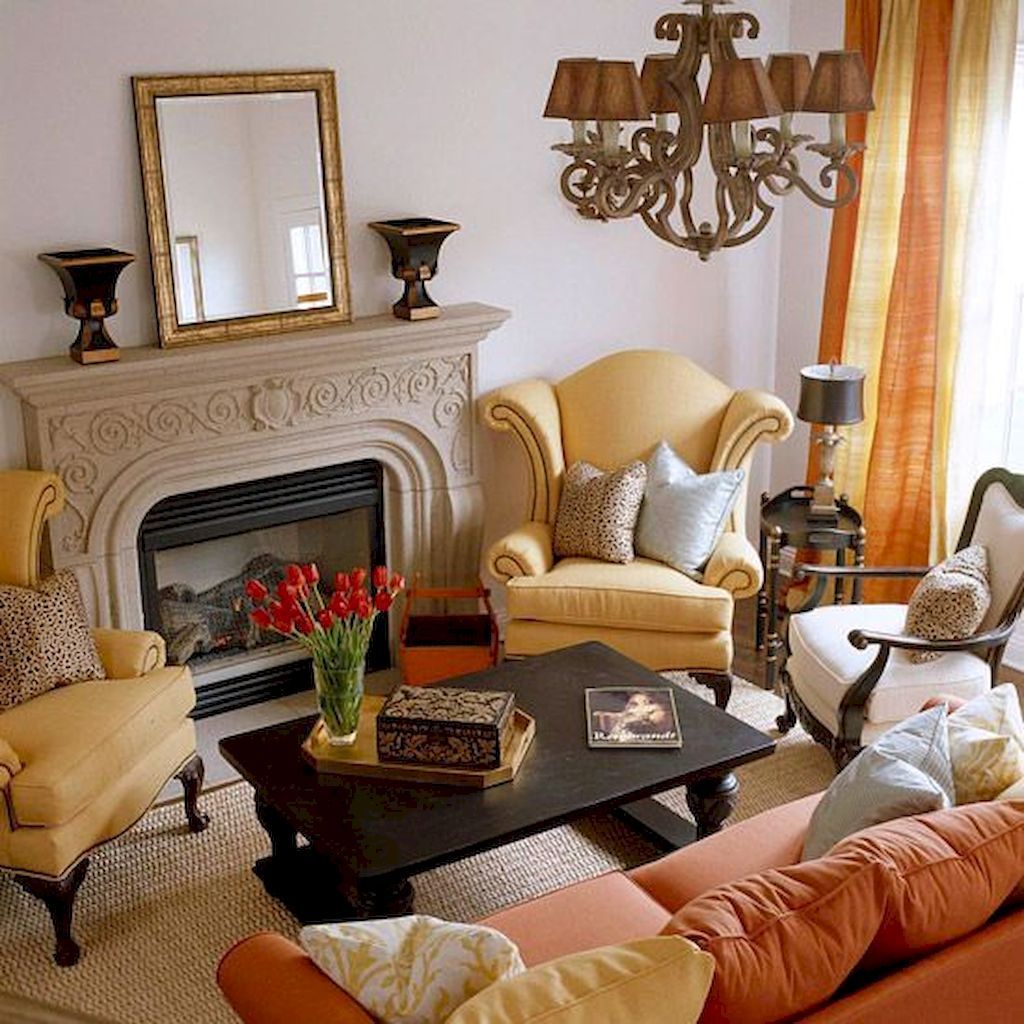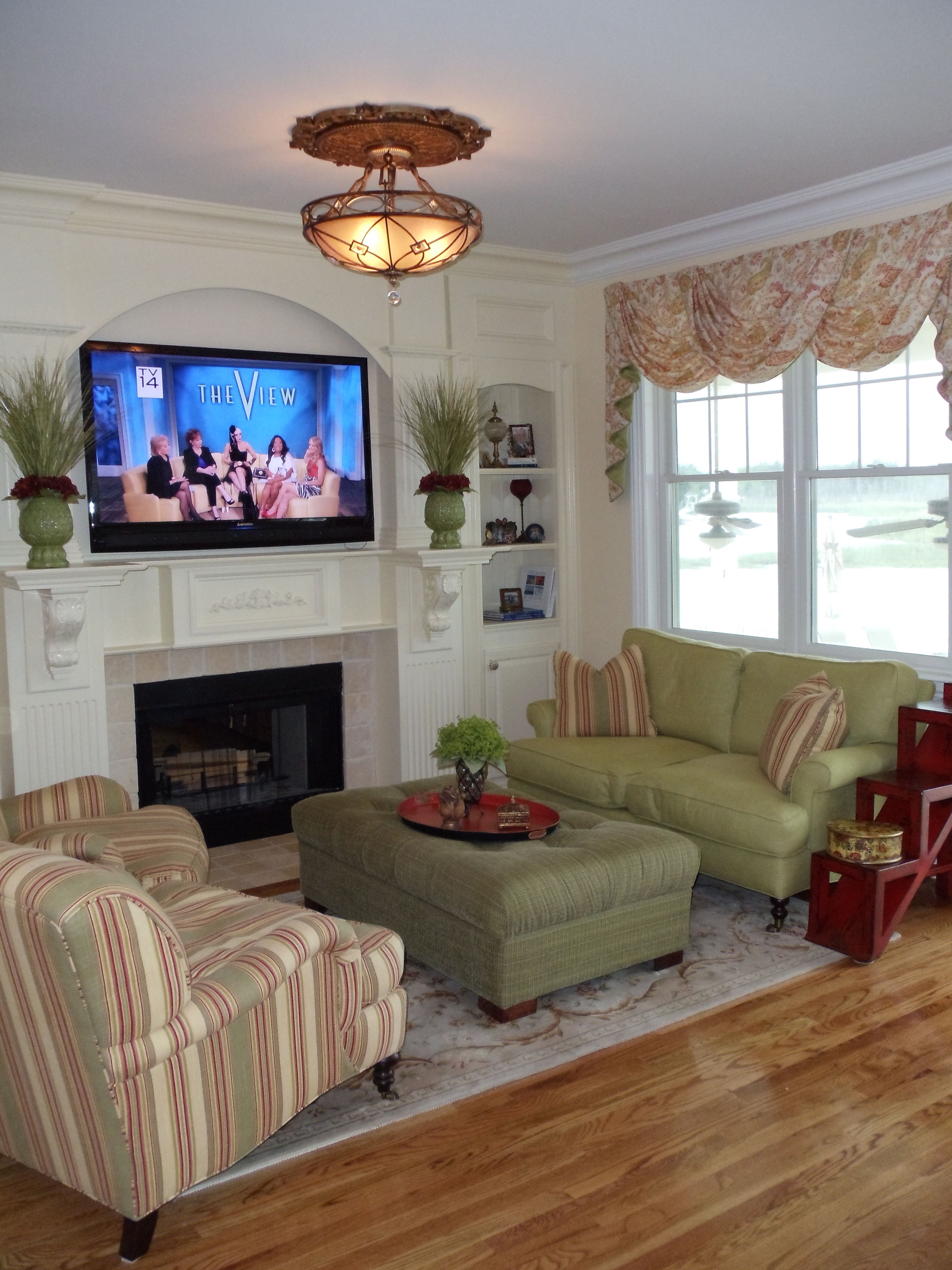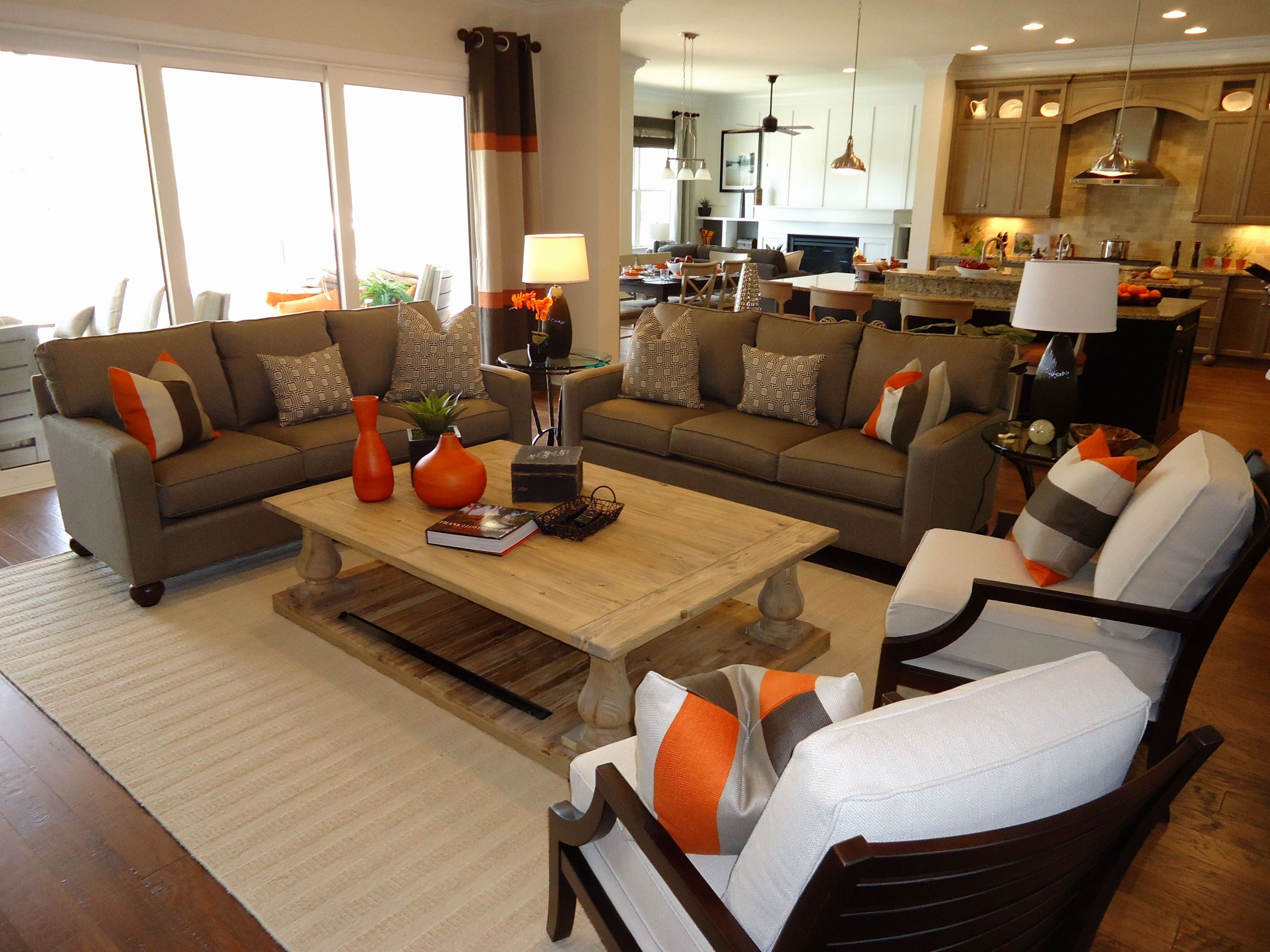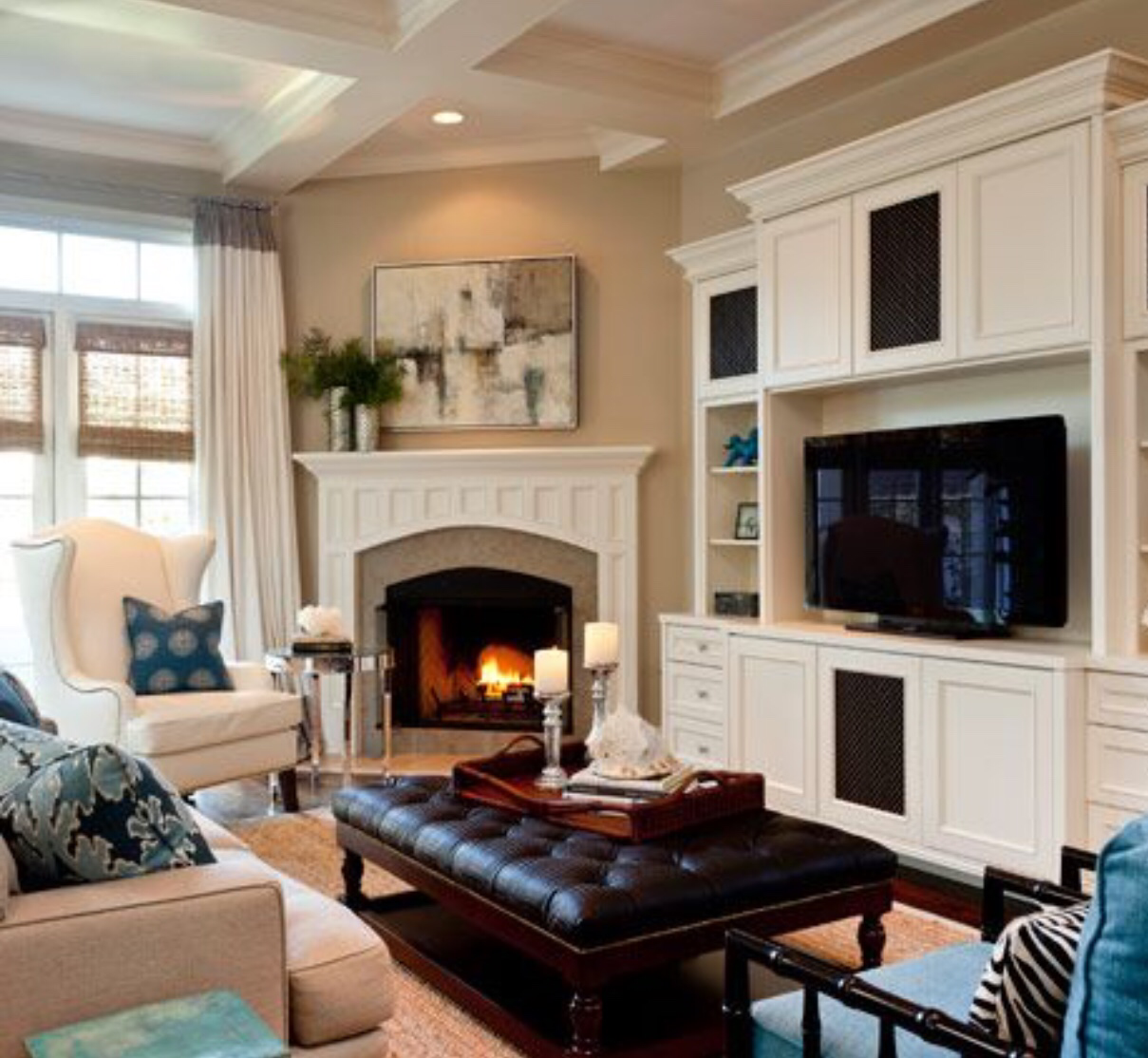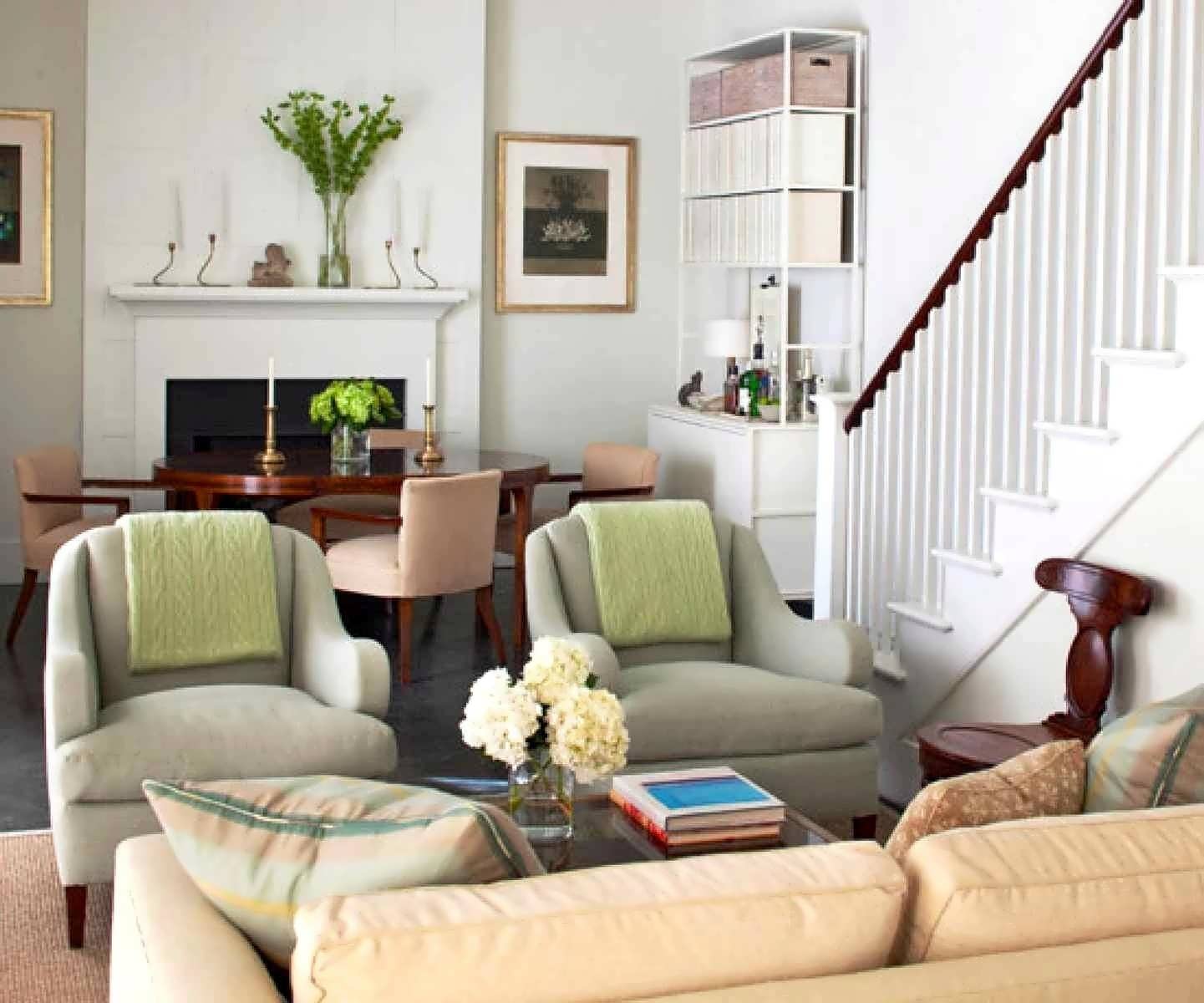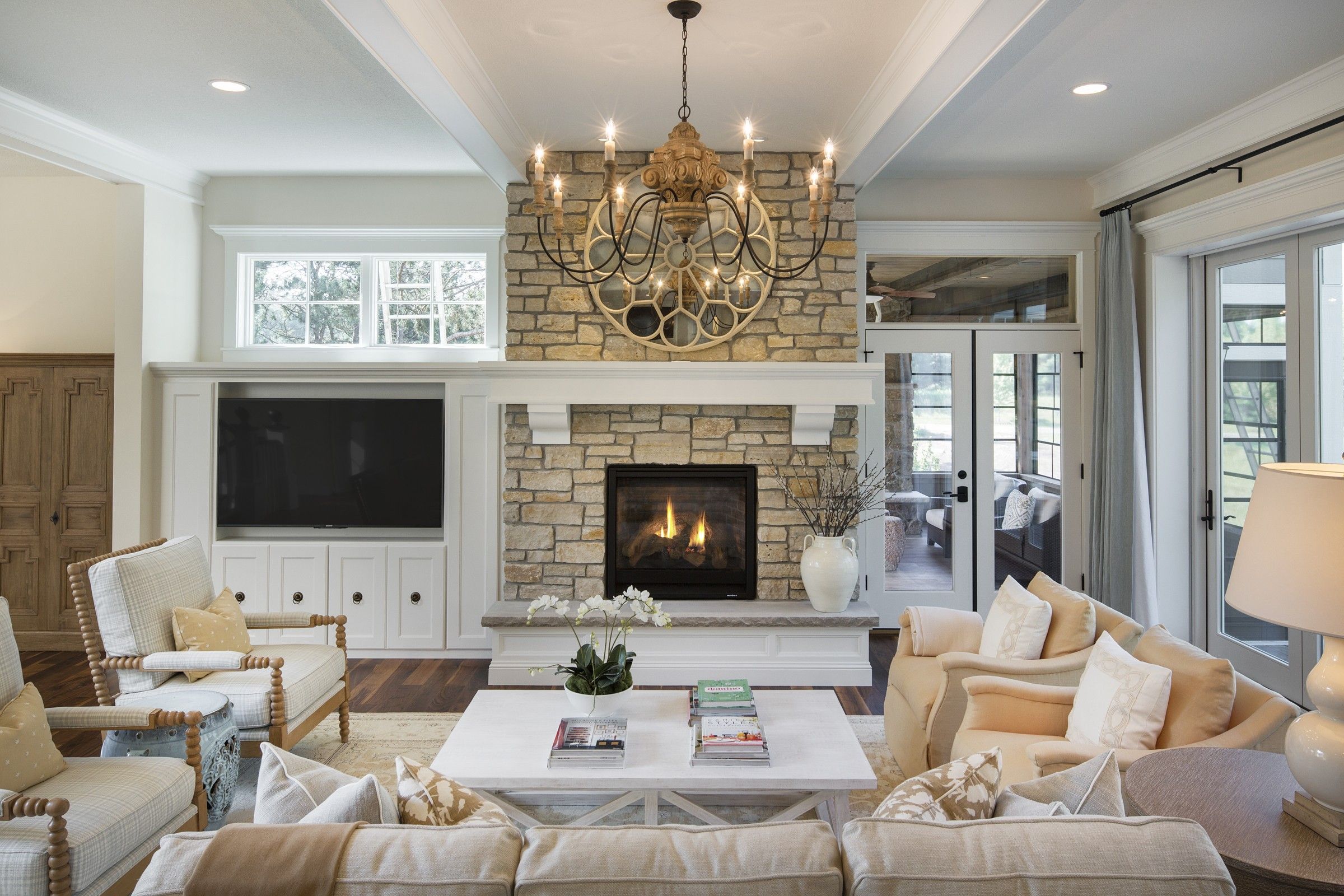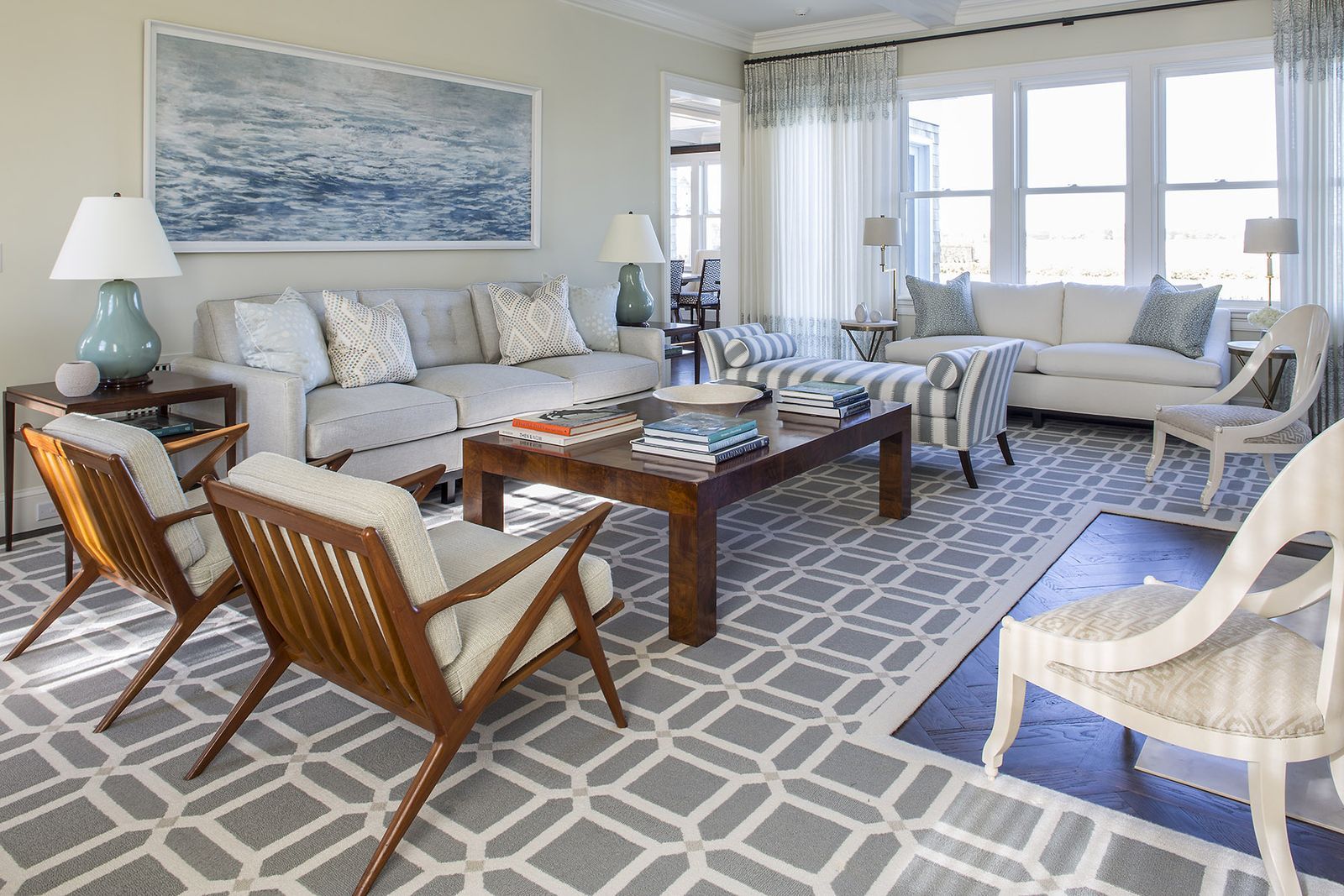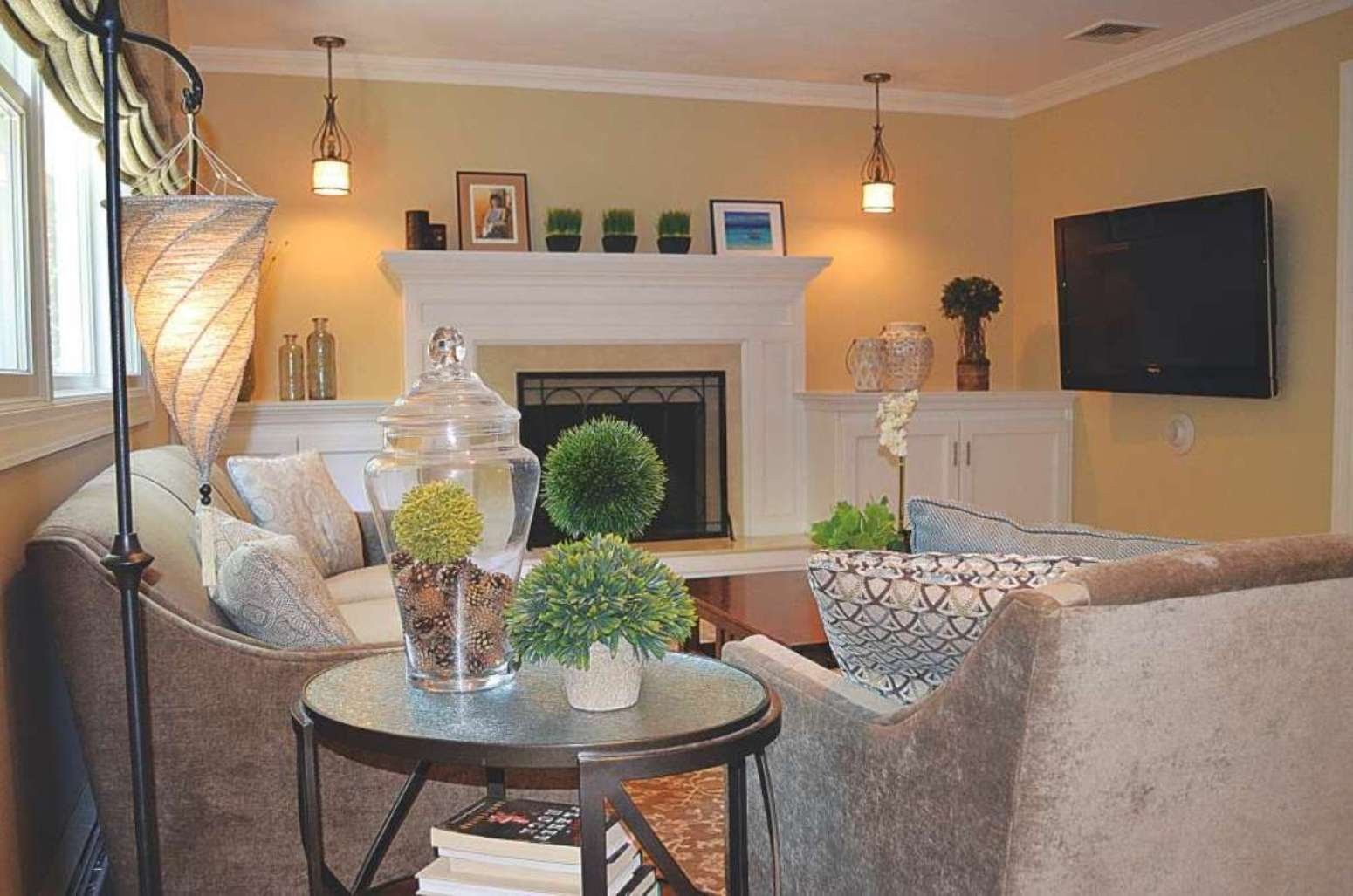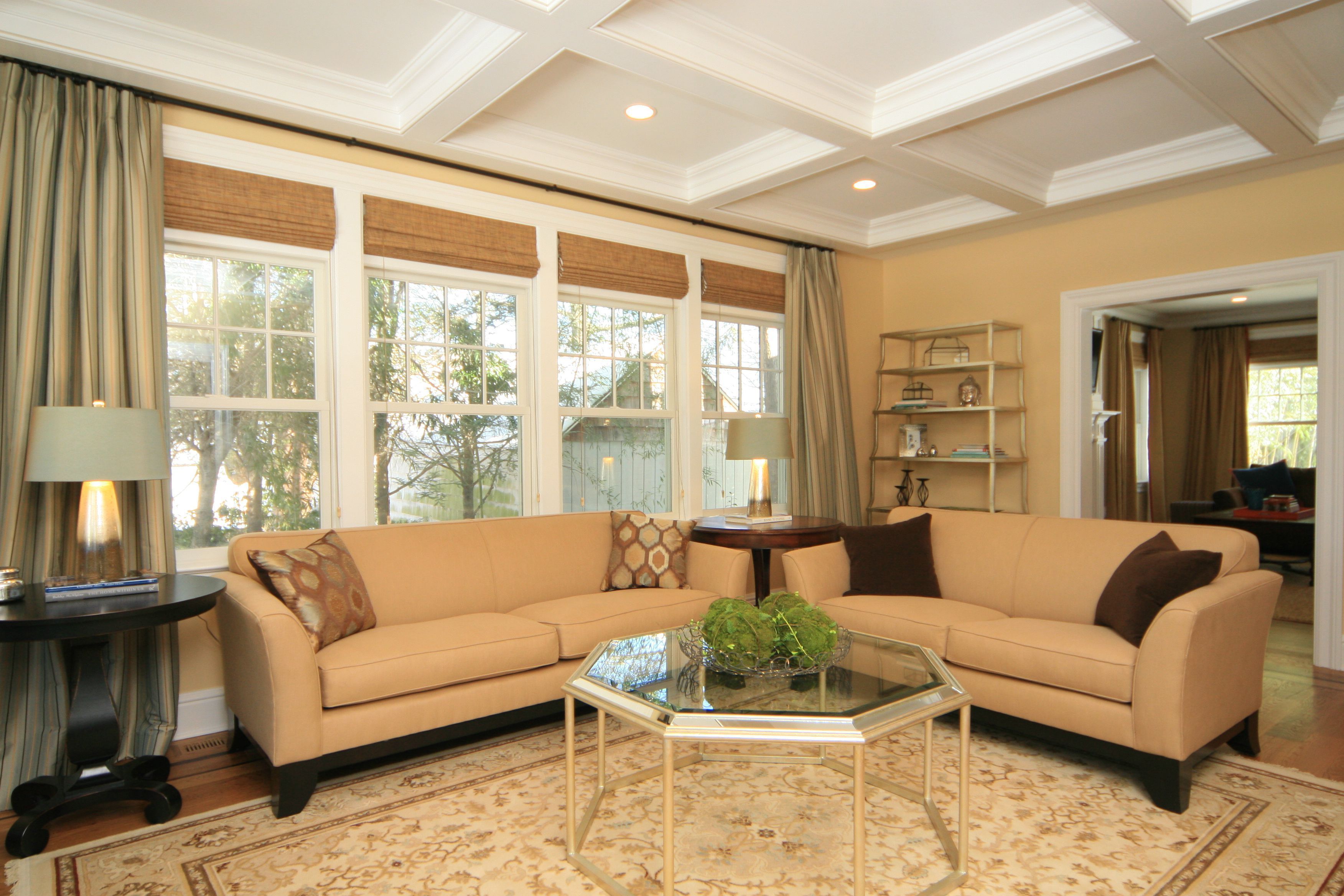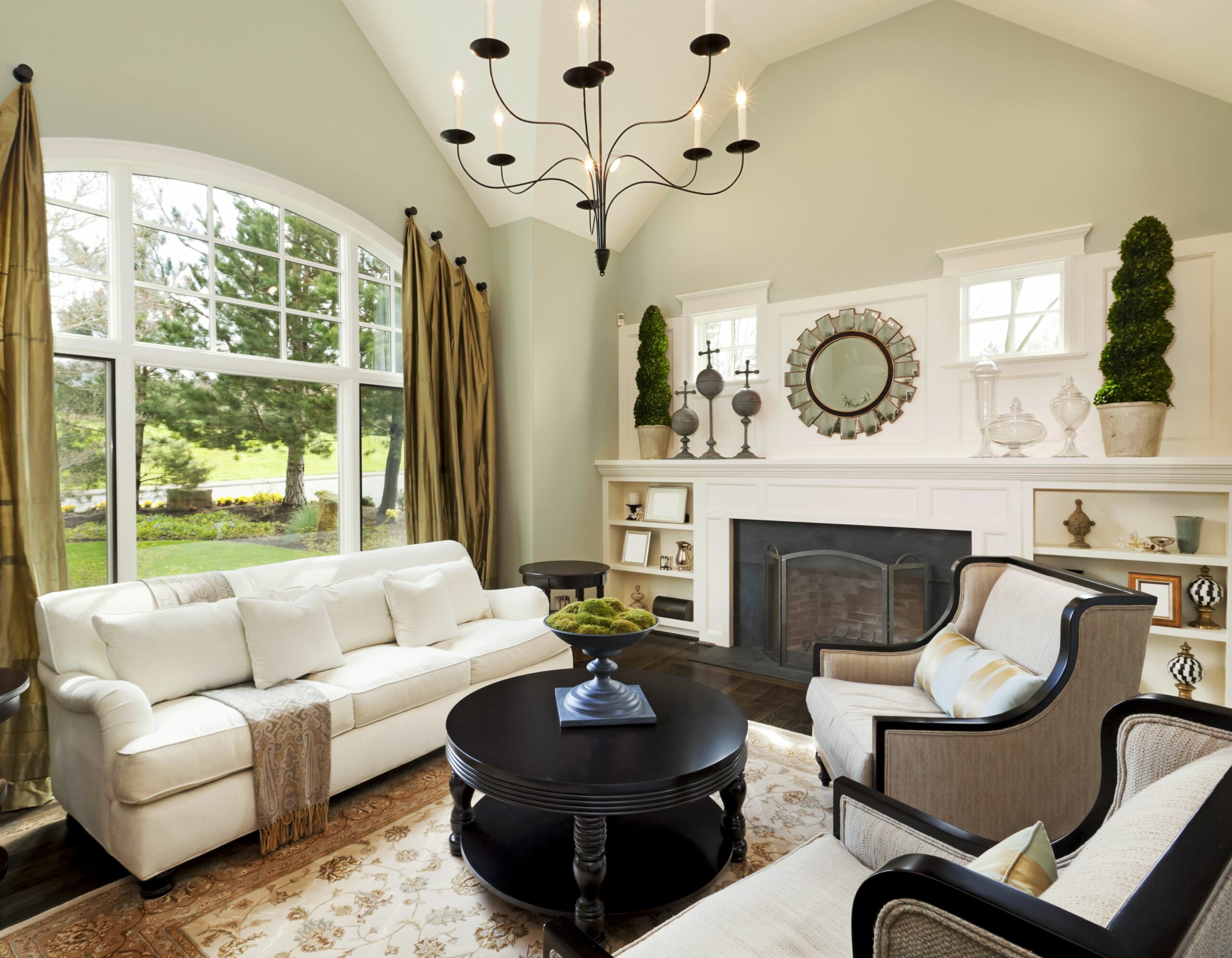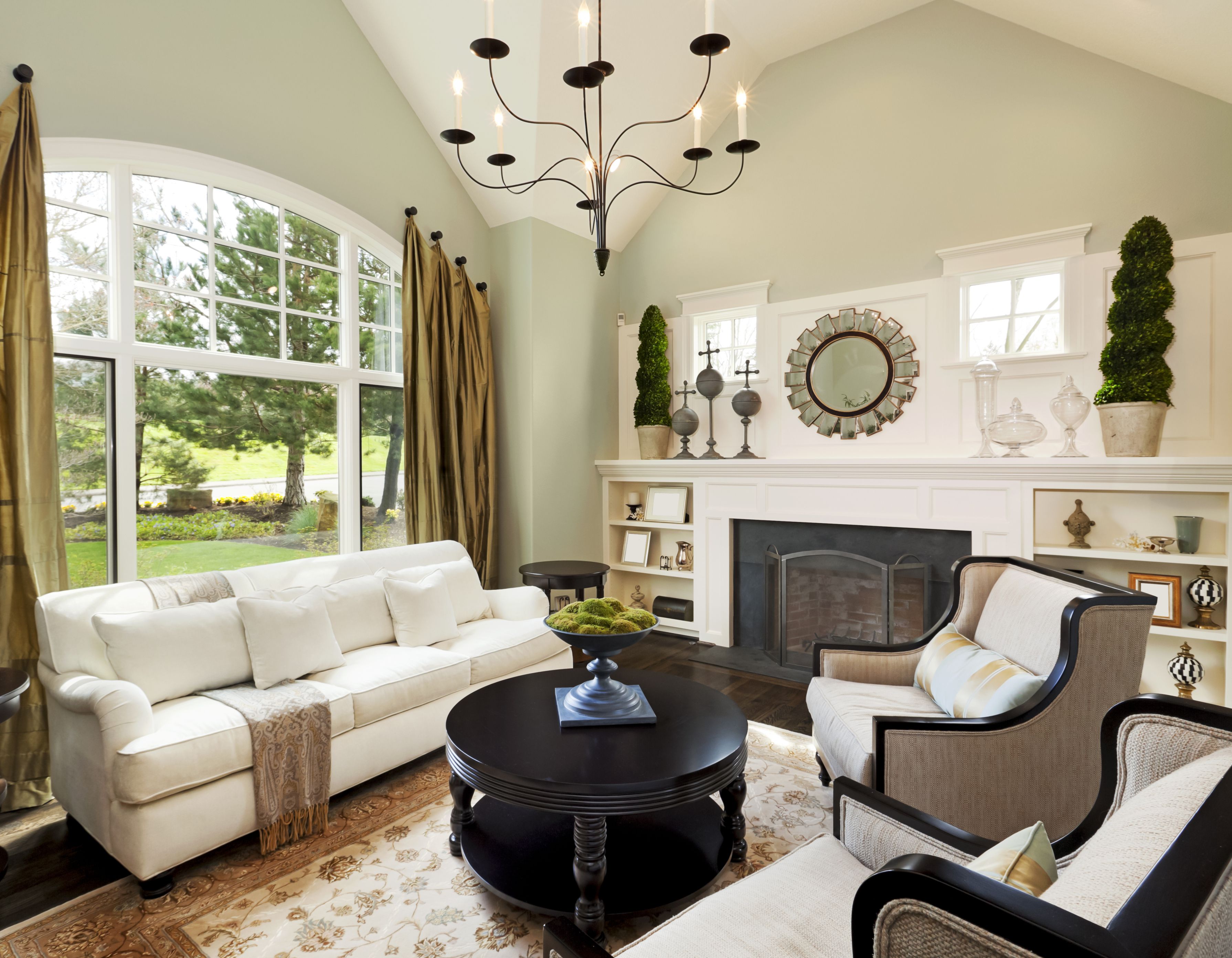
Creating the perfect living room can be a daunting task. It requires careful consideration of the furniture arrangements to ensure a harmonious living space. Furniture arrangement is key for creating both an inviting atmosphere and a functional living area that can be enjoyed by everyone. In this article, we will explore some of the key principles for creating a harmonious living room through furniture arrangement.
Choose the Right Furniture
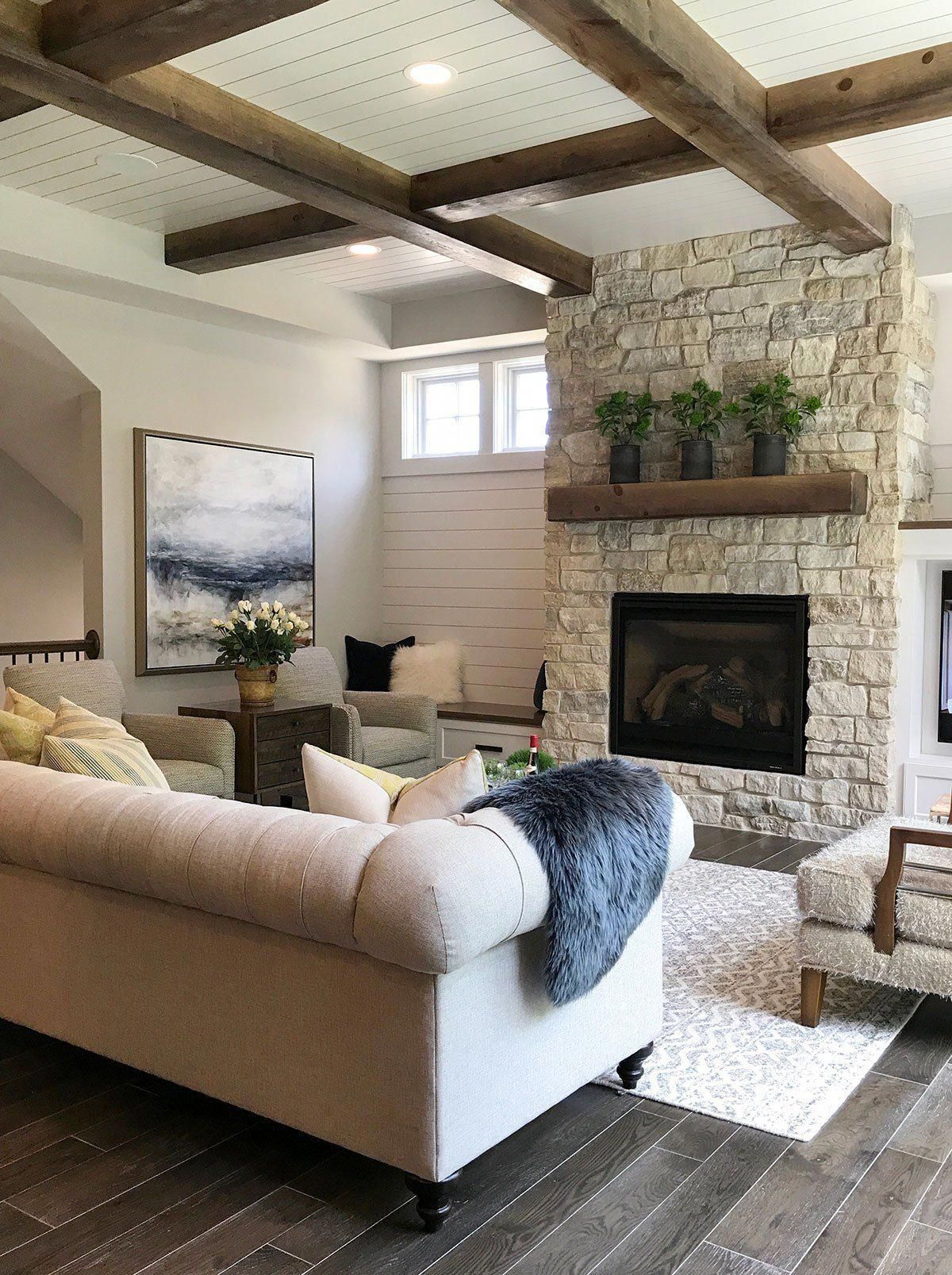
The first step in creating a harmonious living room is to choose the right furniture. Furniture should be chosen for both its aesthetic appeal and its functionality. Consider the size of the room and the available space when selecting furniture. If the room is small, choose furniture items that are low and streamlined to allow for more floor space. If the room is larger, choose pieces that are larger in scale to fill the room properly.
When choosing furniture, think about the purpose of the room. Select pieces that are comfortable and inviting for those who will use the room, such as a large couch, armchairs, and ottomans. Look for pieces that will fit in with the room’s overall design and color scheme. Consider the items’ texture and material to create an overall cohesive look.
Create a Focal Point
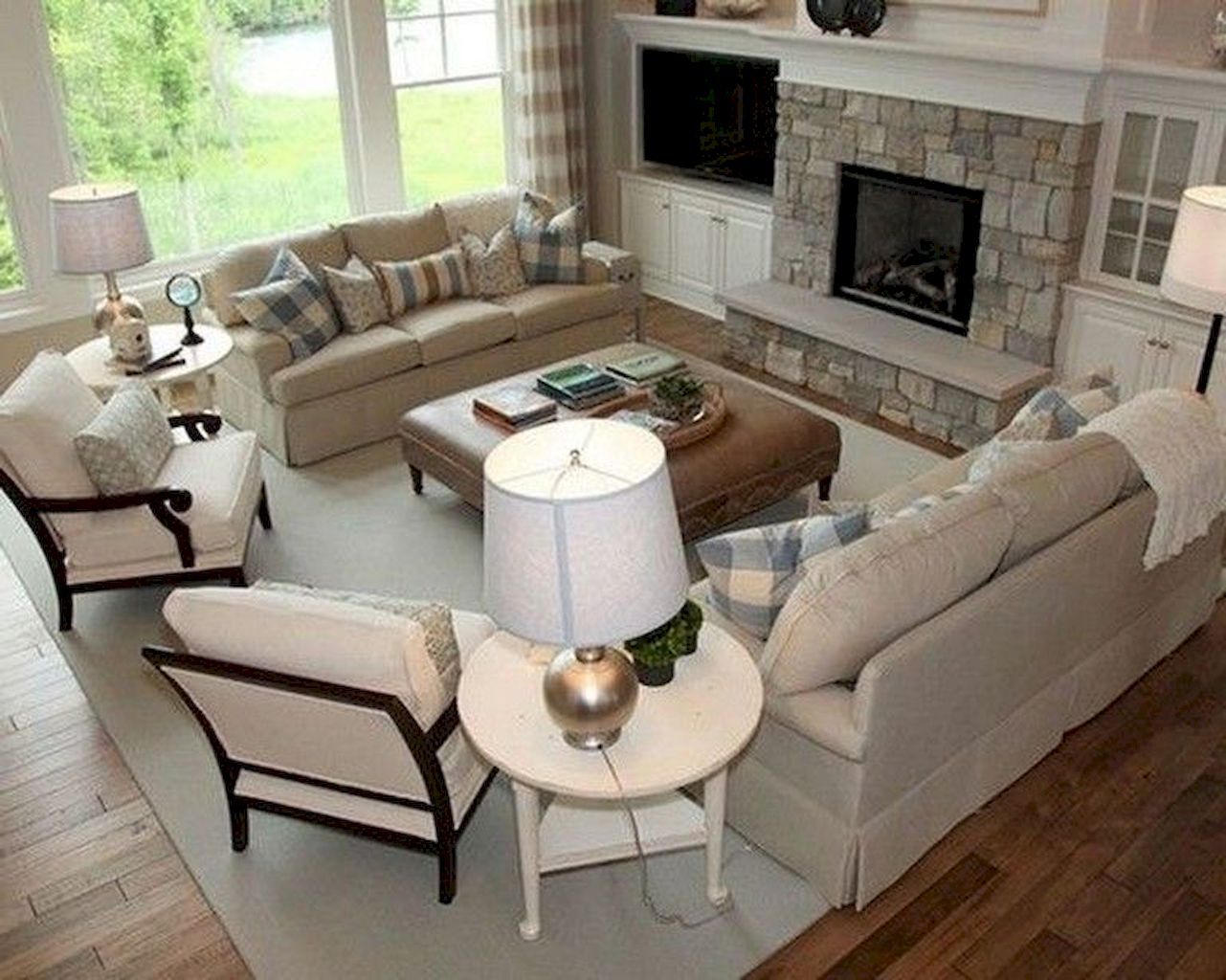
In every living room, there should be a focal point. This could be a fireplace, a piece of artwork, or a large window. This will create a sense of balance and structure in the room. Position the furniture so that it frames or highlights the focal point. For example, if the focal point is a fireplace, position your couch and other seating around it. This will draw the eye towards the focal point and create a sense of balance in the room.
Create Conversation Areas
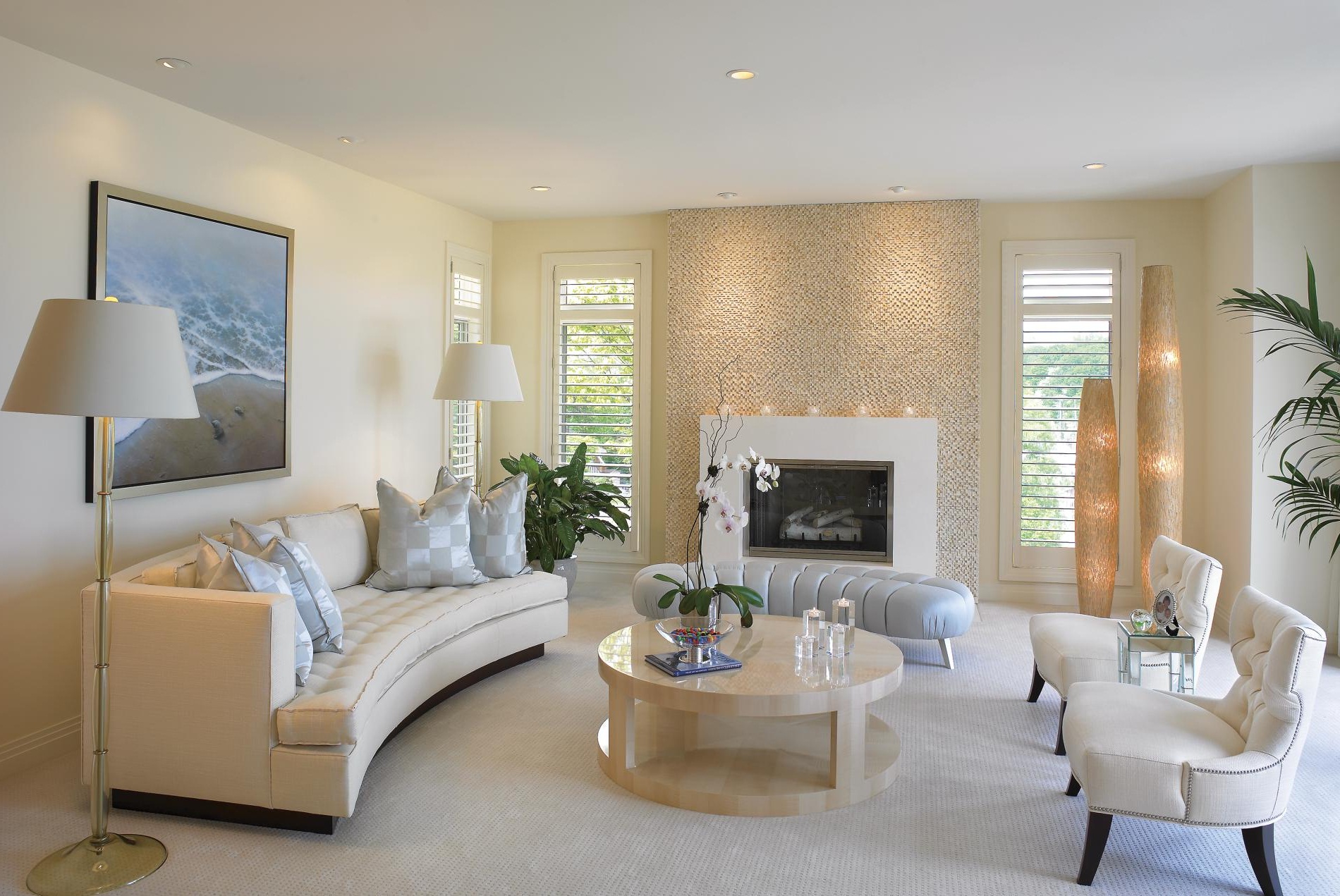
When arranging furniture, it’s important to create conversation areas. This will help to create an inviting atmosphere where people can comfortably gather and talk. Position chairs and couches in a U-shape or around a coffee table to create conversation areas. Make sure that the chairs and couches are facing each other to encourage conversation. Leave enough room between the pieces of furniture for people to move around easily.
Add Accent Pieces
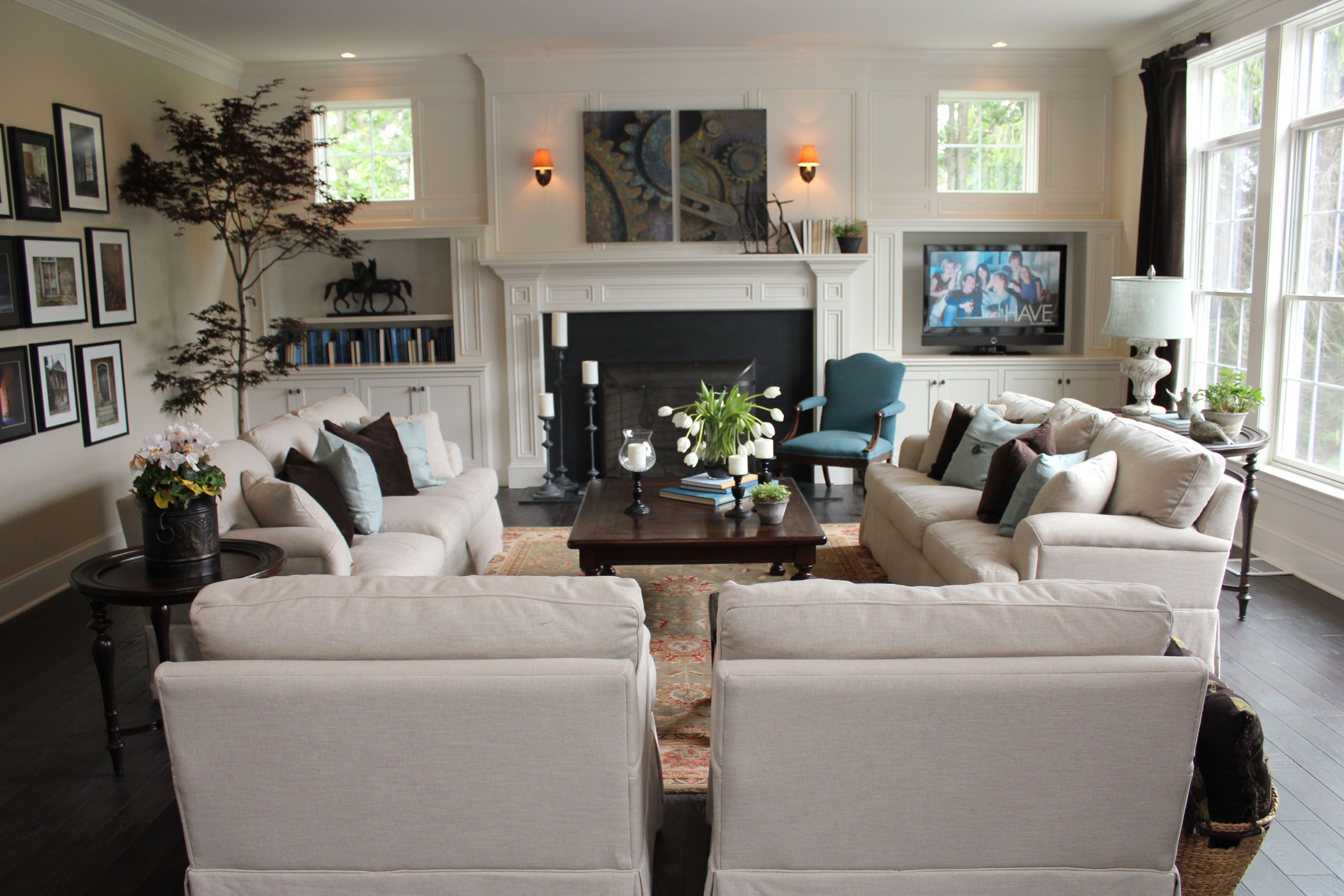
Accent pieces can help to tie the room together and add personal style. Accent pieces can include lamps, tables, bookshelves, and other smaller items. Choose pieces that fit in with the overall design of the room and that will help to create a sense of harmony. When arranging accent pieces, group them together in threes or fives for a more cohesive look.
Leave Enough Space
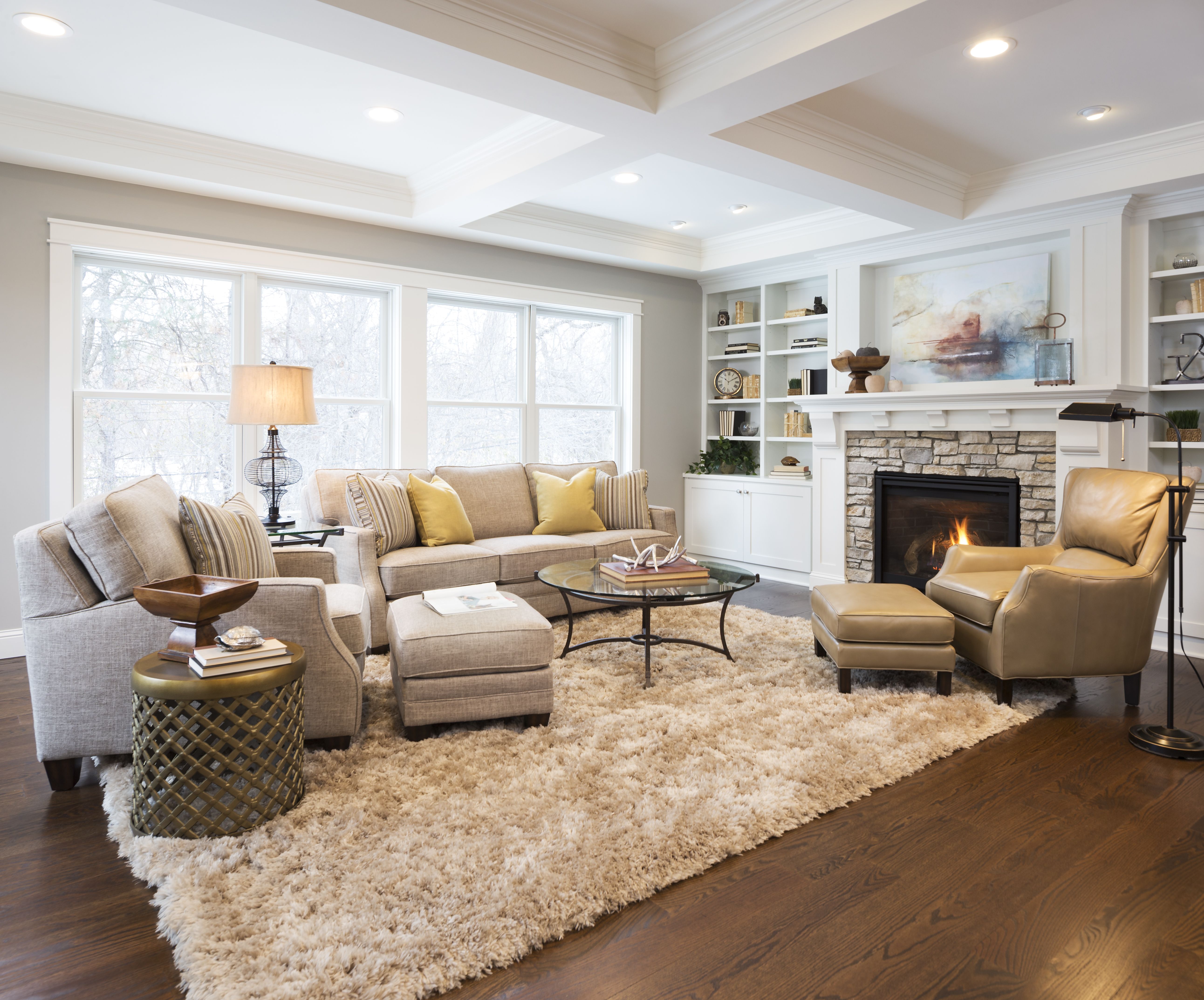
A cluttered living room can make it feel cramped and uncomfortable. Leave enough space between furniture items to create a sense of openness and airiness in the room. Make sure that there is enough room to walk around the furniture without feeling cramped. If needed, rearrange the furniture to create more space.
Conclusion
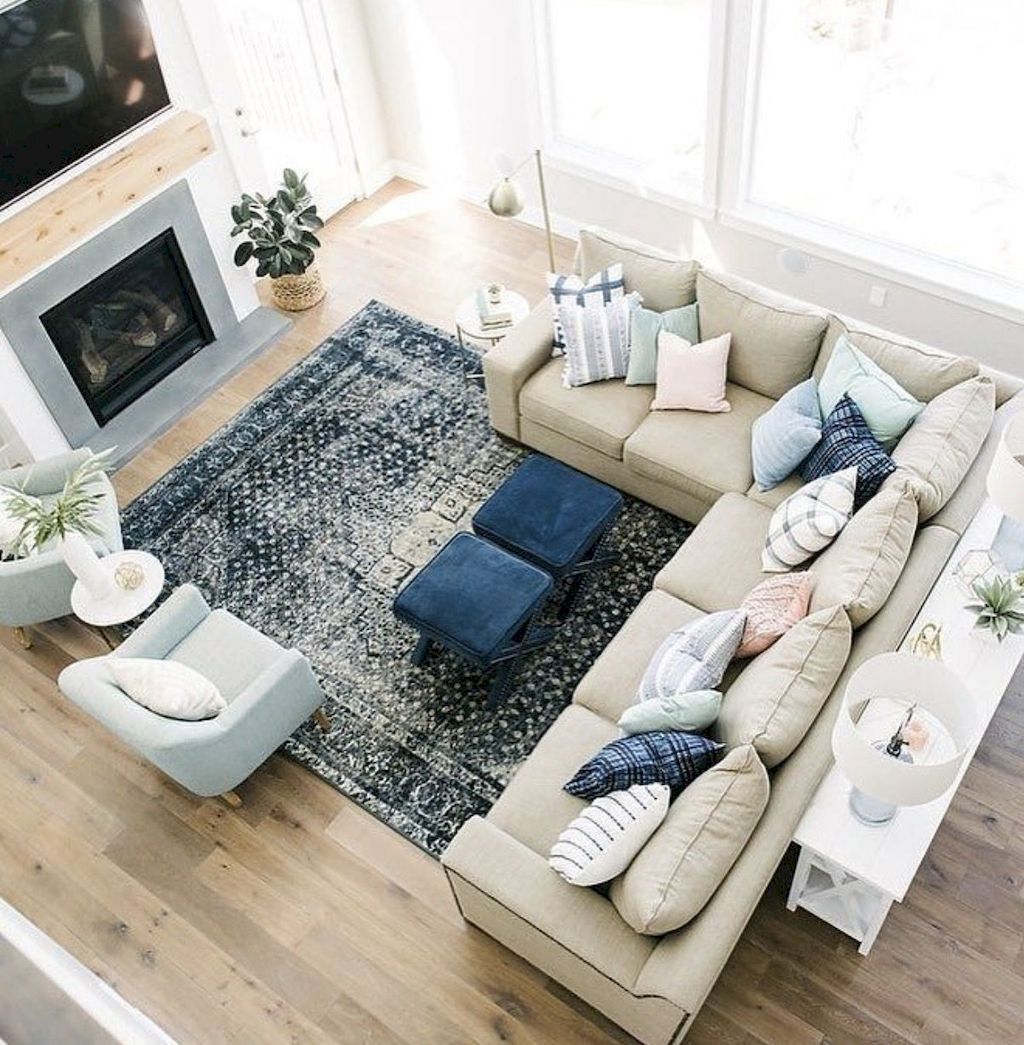
Creating a harmonious living room through furniture arrangement requires careful consideration of the size of the room, the design, the purpose of the room, and the available space. Choose the right furniture for the room, create a focal point, create conversation areas, add accent pieces, and leave enough space. By following these principles, you can create a harmonious living room that is both inviting and functional.
